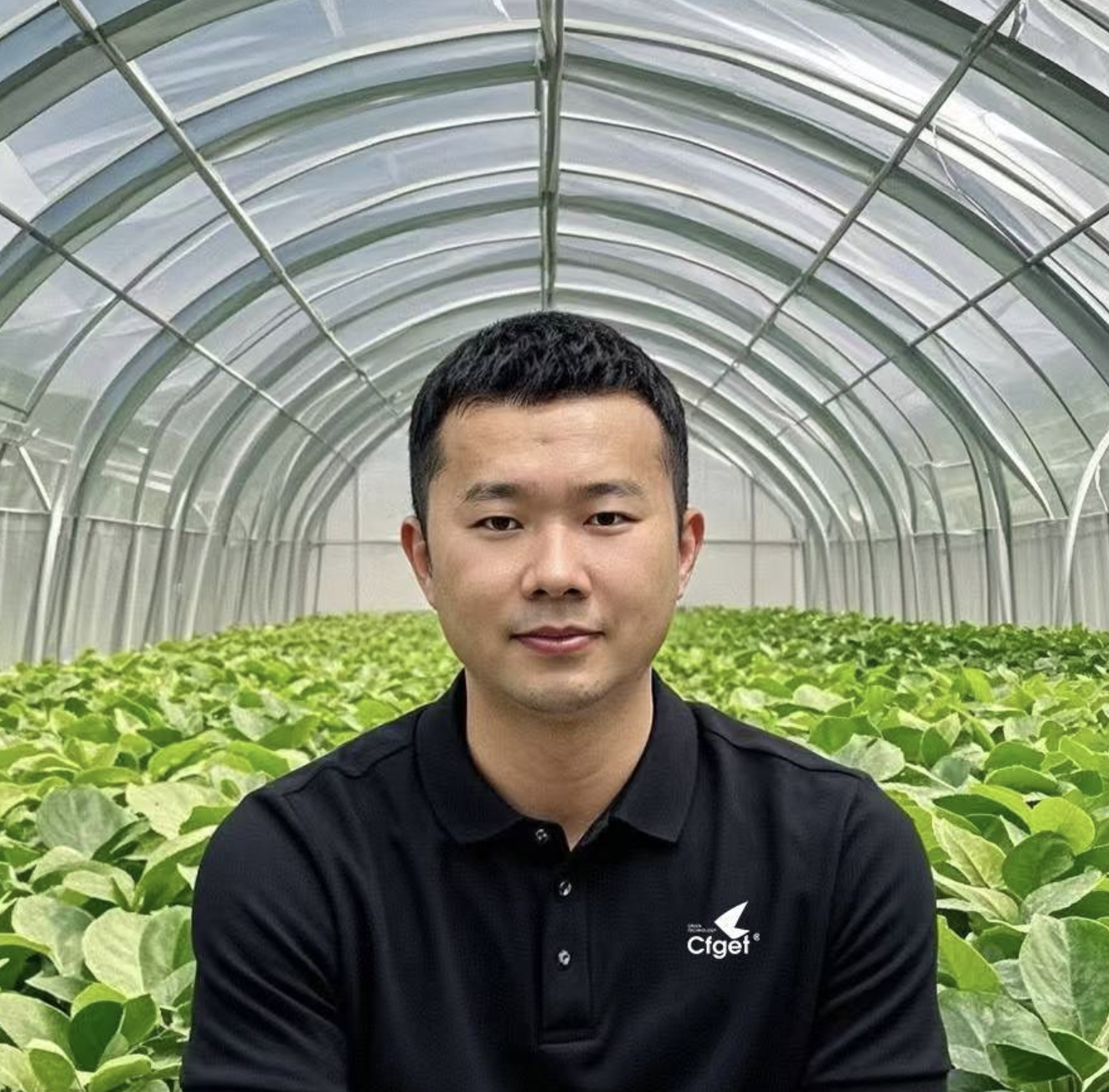In greenhouse cultivation, the environment where plants grow directly affects their health and yield. One of the critical factors is air circulation. So, why is a fan so important for growing leafy vegetables? Today, we’ll dive into the magical role of fans in greenhouses and explore how they help plants thrive.
1. Preventing Excess Moisture
Excess moisture is a common issue in many greenhouses. High humidity levels create an ideal breeding ground for mold and fungal diseases, leading to poor plant growth and even decay. For example, a greenhouse farmer noticed that their lettuce was frequently infected with powdery mildew, causing a significant drop in yields. After installing fans, the airflow helped control the humidity, leading to healthier lettuce and a noticeable decrease in disease.
Fans help circulate air, maintaining optimal humidity levels. This not only reduces the chances of disease but also creates a more comfortable environment for plants to grow. With the help of fans, the lettuce flourished without the risk of fungal infections, showing how beneficial proper air circulation can be.
2. Strengthening Plant Stems
You might wonder, is the fan’s role just about circulating air? Actually, it’s much more! Fans also help strengthen plant stems. Light air movement simulates natural wind, prompting plants to develop sturdier stems. Without wind, plants can become too soft and may fall over or be blown down easily.
For example, a spinach grower noticed that their plants had weaker stems when there was no airflow in the greenhouse, making them prone to breakage. After installing fans, the spinach stems became more resilient, and the leaves remained intact. The plants were able to grow much healthier and stronger with the help of wind.
3. Promoting Gas Exchange in Plants
Plants absorb carbon dioxide through their stomata to perform photosynthesis, which is a vital process for their growth. Good air circulation helps maintain an optimal level of carbon dioxide, boosting photosynthesis. However, in a sealed greenhouse, without a fan, the carbon dioxide level can drop, hindering plant growth. A lettuce grower indoors observed slower growth and paler leaves in their crops without proper airflow. After installing fans, the carbon dioxide levels increased, speeding up growth and turning the lettuce leaves into a more vibrant green, improving overall plant health.
4. Enhancing Plant Disease Resistance
Excess moisture is one of the main causes of fungal diseases in greenhouses, and fans can significantly reduce this issue. Proper air circulation keeps the leaves dry, minimizing the chances of fungal infections. In an environment with inadequate ventilation, moisture tends to linger on the leaves, making it easier for pathogens to thrive. A tomato grower faced issues with leaf spot disease, causing some of their tomato leaves to rot. After installing fans, the air circulation dried out the leaves, reducing humidity and preventing disease outbreaks. This simple change led to healthier tomato plants and a more productive harvest.
5. Accelerating Plant Growth
Air circulation does more than control humidity and gas exchange; it also stabilizes the growing environment. In greenhouses, temperature fluctuations can be significant, but fans help create a more consistent atmosphere. Research shows that plants grow faster and healthier in stable conditions.
6. Aiding Pollination
While most leafy vegetables don’t need pollination, some plants that flower in greenhouses, such as kale, rely on wind to disperse pollen. A gentle breeze from a fan increases pollination rates, improving overall yields.
How to Choose and Use Fans?
When installing fans, choosing the right type is essential. Too strong a breeze can harm the plants, while too weak airflow won’t achieve the desired effects.
* Choosing Fans: The size of the greenhouse or growing space determines the type of fan. Small greenhouses can use smaller oscillating fans, while larger spaces may require multiple fans to ensure even air distribution.
* Placement of Fans: Fans should be positioned in places that allow for even airflow throughout the greenhouse. Avoid pointing the fan directly at plants; instead, allow the wind to gently circulate around the space.
* Humidity Monitoring: Although fans help regulate humidity, it’s still important to monitor humidity levels regularly to prevent them from becoming too low. In some greenhouses, additional humidity control equipment may be necessary to maintain the ideal environment.
Let the Air Flow, Let Your Vegetables Grow!
In summary, fans play an essential role in greenhouse cultivation, especially for leafy vegetables. They not only help control humidity and prevent diseases but also strengthen plant stems, speed up growth, and increase yields. Properly selecting and using fans can create an optimal environment for your plants, improving the overall efficiency of your greenhouse. If you haven’t yet installed fans in your greenhouse, it might be time to consider this simple yet effective solution!
#GreenhouseCultivation #LeafyVegetables #AirCirculation #PlantHealth #Fans #HumidityControl #DiseasePrevention
Email: info@cfgreenhouse.com
Phone: +86 13550100793
Post time: Jan-03-2025










 Click to Chat
Click to Chat